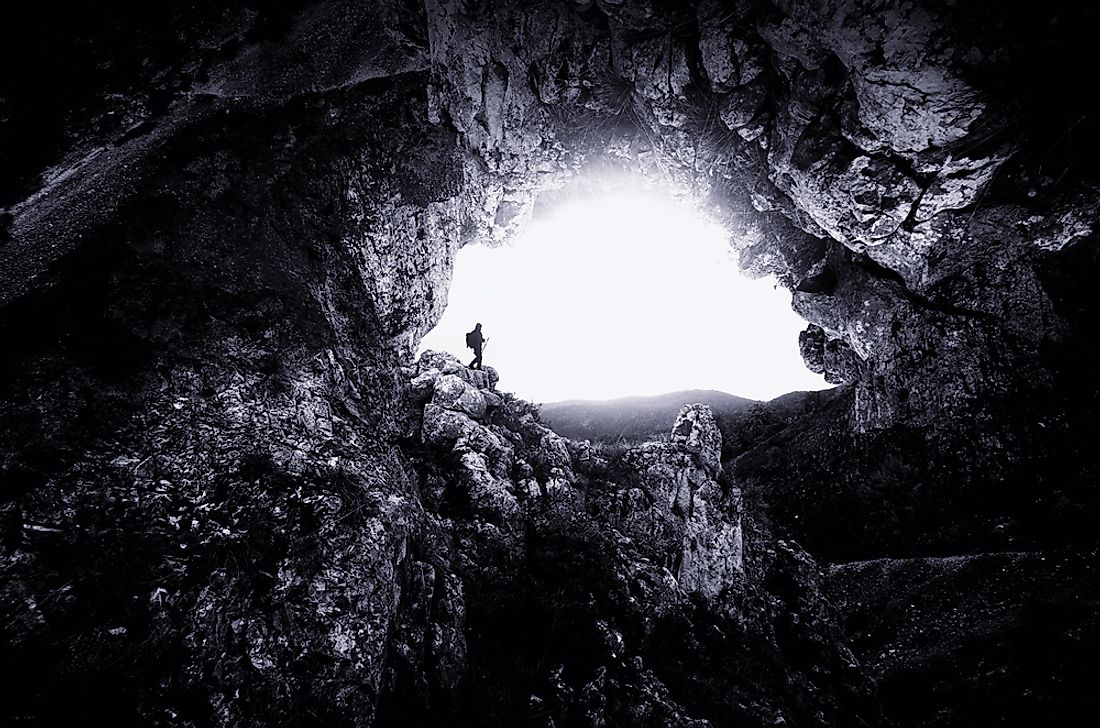What Is Speleology?

Definition And Overview
Speleology is the scientific study of the structure, formation, biology and physical features of caves and karst features. Speleology borrows knowledge from other disciplines such as chemistry, physics, cartography, geology, and biology which are essential in understanding speleogenesis and other cave processes. In speleology, scientists collect samples, take photographs, and draw maps of the caves both for technical and routing purposes. Speleologists face several challenges such as lighting and physical obstacles within the caves, especially for new and previously unexplored caves. Caves are important geographical features formed through years of physical and chemical processes acting on rock deposits. Many caves around the world are formed in areas with limestone rocks.
History Of Speleology
Caves and karst features have been in existence for a long period. While the exploration of caves is probably as old as human civilization, speleology as a scientific discipline developed during the late 19th century. Previous cave studies were conducted as a contribution to other existing disciplines such as biology, paleoclimatology, geography, archaeology, and geology. The first record of a detailed cave-specific study was made by Édouard-Alfred Martel in 1859 after the publication of his elaborate cave explorations. Martel founded the first speleology organization – Société de Spéléologie in France. Martel is therefore considered the father and founder of speleology as a scientific discipline. In modern times, speleology as a discipline continues to grow as recreational activities of caving grow.
Why Study Caves?
Initially, cave studies were majorly focused on understanding the geology and geography of an area. One motivation behind this was to establish the evolution and life of the prehistoric human who used the caves for shelter and burials, and to study the various plant and animal life within a cave ecosystem. In addition to these functions, speleology is important in establishing the climatic conditions of an area through incorporating knowledge of paleoclimatology. Cave ecosystems contain a unique biodiversity of plants and animals which survive in various sections of caves. The most common animals found in caves are bats. Understanding these species is important to cave biologists. Speleology creates a deeper understanding of other geographical phenomena such as drainage, mineral deposition, and weathering.
Branches Of Speleology
Like many scientific disciplines, speleology has three major subdivisions identified by the International Union of Speleology. They include physical speleology, biospeleology, and speleo-anthropology. Physical speleology or geospeleology explores the physical structure and properties of the cave including its hydrology, geology, and topography. Biospeleology explores the cave ecosystem and the organisms within the caves, as well as their characteristics and adaptations. Anthropospeleology or speleo-anthropology is concerned with the study of the history of the caves in terms of its role within the human history of evolution.
Famous Caves
The exploration of caves has gained popularity in the tourism sector. Sometimes, visiting a cave is even part of a religious pilgrimage such as the Batu Caves of Malaysia. Some caves have been developed with lighting fixtures and other aids for tourists. The Eisriesenwelt Cave in the Hochkogel Mountains in Austria is the largest in the world. Other famous caves include the Reed Flute Cave of southern China, the Cave of the Crystals in northern Mexico, the Puerto Princesa underground river in the Philippines and the Waitomo caves of New Zealand.











